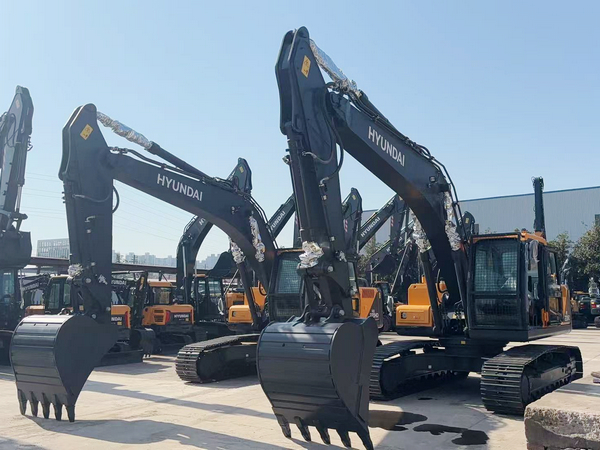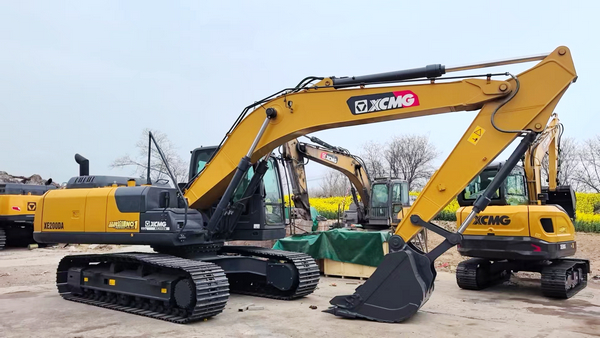In the daily construction process of
excavators, tracks, as the key parts of the traveling mechanism, have a direct
relationship between their wear and tear condition and the operating efficiency
and operating costs of the whole machine. The track system consists of chain
track joints, chain track bushings, track pins, track plates and track plate
bolts, etc. The whole system is expensive, and improper maintenance may lead to
frequent stoppages of the equipment, increase in maintenance costs, and even
affect the schedule of the work. Therefore, scientific and reasonable use and
maintenance of the track system is crucial to guarantee the stable operation of
the equipment.

First of all, the equipment should be
avoided when traveling for a long time on inclined terrain or making frequent sharp
turns. Such operations are likely to cause abnormal contact between the track
links and the sides of the driving and guiding wheels, leading to increased
wear. It is recommended to choose straight driving or large turning operations as much as possible to meet the working conditions to reduce the risk of partial wear.
During the use of the equipment, if you
find that the supporting wheel or the carrier chain wheel is stuck or cannot
rotate normally, you should stop the machine immediately for maintenance.
Continued operation will further damage the roller and chain track assembly,
expand the scope of failure, and increase the difficulty and cost of repair.
Regular inspection and tightening of critical parts such as track plate bolts,
drive wheel bolts, support wheel and carrier sprocket mounting bolts can
effectively prevent structural damage such as cracking of the track and
enlargement of bolt holes caused by loosening.
In view of the common problem of soil and
gravel accumulation on construction sites, it is recommended that operators
clean the inside of the tracks regularly. By adjusting the angle between the
movable arm and the bucket bar, suspending one side of the track and rotating
it slowly, the soil and debris can be detached from the track system, thus
preventing the chain track from being overly pressurized or elongated, broken,
and so on.
In terms of traveling route selection, it
should try to avoid areas with complicated road conditions and prominent
obstacles, and choose relatively level routes for traveling. Frequent movement
on uneven ground or areas with large slopes is not only likely to cause
single-point stress and localized damage to the tracks, but also may aggravate
the burden on the chassis of the whole vehicle. In case of long-distance
transfer, it is recommended to use a flatbed trailer for transportation to reduce
unnecessary wear and tear of the tracks.
In practice, in order to improve the
adaptability of the equipment, some drivers will use the bucket to assist the
equipment uphill. However, forcibly using the movable arm or bucket bar as a
pivot point when the slope is large is very likely to cause stretching damage
to the track structure. It is recommended that when planning the operation
route, priority should be given to extending the driving path in order to
reduce the climbing angle and ensure the safe operation of the equipment.

Whether it is brand-new equipment or used
machinery, it is necessary to implement standardized management and regular
maintenance in the process of use. Through reasonable operation and meticulous
maintenance, it can not only effectively prolong the service life of crawler,
reduce operation cost, but also improve the overall construction efficiency and
avoid construction interruption and safety hazards caused by crawler failure.
2021-09-30
2021-06-27
2021-01-13
2021-01-14
2021-12-31
2021-08-10
2021-12-14
2021-01-15